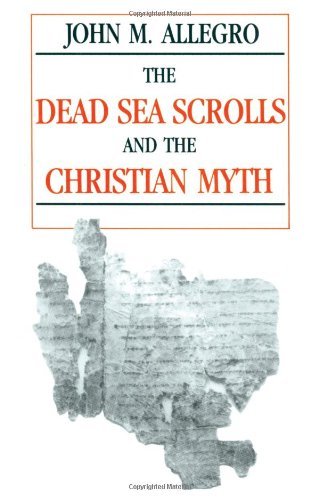What do you think?
Rate this book


Paperback
First published January 1, 1979
the Essene Teacher comes from the name
given to the publican, Zacchaeus. It is the Greek form of the Aramaic word
zakkai meaning ‘righteous, innocent’, a piece of bitter irony when applied to a
member of this most detested profession among Jewish collaborators, but having a
very special relevance to the Master’s title, the Righteous Teacher, or, as it
is more commonly rendered, the Teacher of Righteousness. It has to be emphasised
that in this kind of exegetical treatment of biblical texts, and its imaginative
elaboration of single words and phrases into totally unrelated stories, we are
not dealing with allegory, the portrayal of one subject under the guise of
another. Obviously, Zacchaeus the publican does not represent the crucified
Teacher; the town of Shechem was not a sycamore tree. But by word-play and
literary allusion it is possible to find a reference to the one from the other,
and, in the eyes of the ancient commentators, still obtain for their myths some
scriptural support.